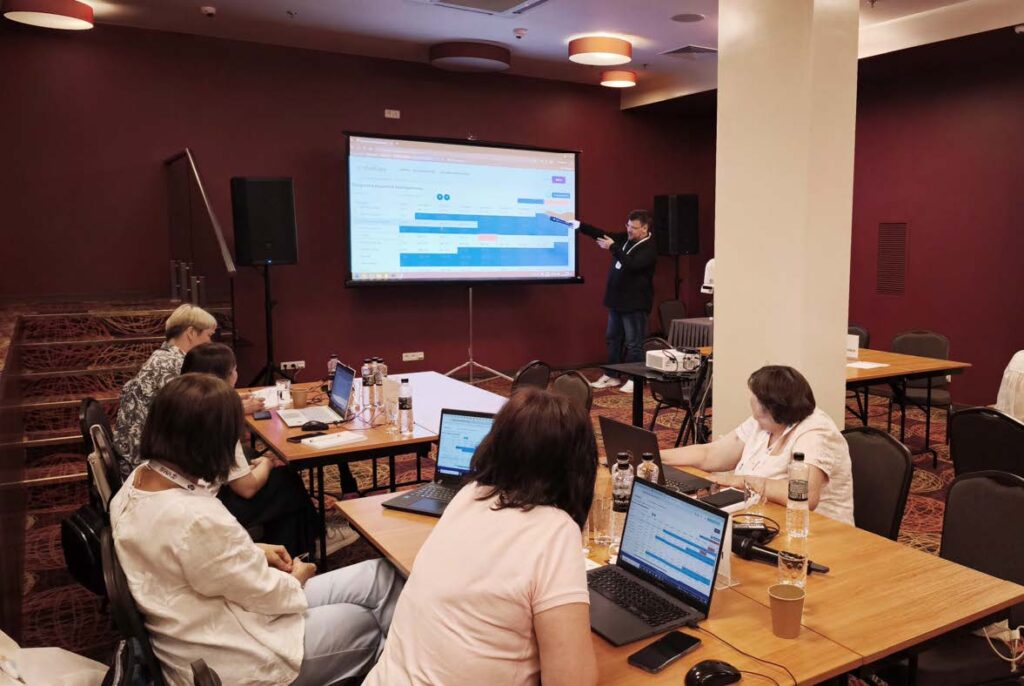Antimicrobial Use across Six Referral Hospitals in Tanzania: A Point Prevalence Survey
Antimicrobial Use across Six Referral Hospitals in Tanzania: A Point Prevalence Survey
Abstract
Objective
To delineate the prevalence and factors associated with antimicrobial use across six referral hospitals in Tanzania using WHO point prevalence survey (PPS) methodology to inform hospital-specific antimicrobial stewardship programmes.
Design
Cross-sectional analytical study.
Setting
Six referral hospitals in Tanzania.
Participants
Patients irrespective of age and gender (n=948) admitted in the six referral hospital wards before 8:00 hours on each day of the survey were included in December 2019. Using the WHO PPS methodology, data on hospitals, wards, patients, antibiotics, and indications for antibiotics were collected.
Outcome measures
We analysed the prevalence of antibiotic use by referral hospital, ward, indication and patient characteristics as the main outcomes. We also described adherence to the Tanzania Standard Treatment Guidelines (STG) and WHO’s AWaRe categorisation of antibiotics.
Results
Approximately 62.3% of inpatients were prescribed antibiotics, predominantly from the Access group of antibiotics (ceftriaxone, metronidazole or ampicillin–cloxacillin). The overall adherence of antibiotic prescriptions to the Tanzania STG was high (84.0%), with the exception of Sekou Toure Regional Referral Hospital (68.0%) and Maweni Regional Referral Hospital (57.8%). The most common indication for antibiotic prescriptions was community-acquired infections (39.8%). Children less than 2 years of age (OR 1.73, 95% CI 1.02 to 2.92, p=0.039); admission to surgical wards (OR 4.90, 95% CI 2.87 to 8.36, p <0.001); and admission to paediatric wards (OR 3.93, 95% CI 2.16 to 7.15, p <0.001) were associated with increased odds of antibiotic use. Only 2 of 591 patients were prescribed antibiotics based on culture and antimicrobial susceptibility testing results.
Conclusions
Empirical use of antibiotics is common, and the Access group of antibiotics is predominantly prescribed in children less than 2 years and patients admitted to surgical and paediatric wards. Lack of utilisation of antimicrobial susceptibility testing services in these hospitals requires urgent interventions. Routine monitoring of antibiotic use is recommended to be part of antibiotic stewardship programmes in Tanzania.

